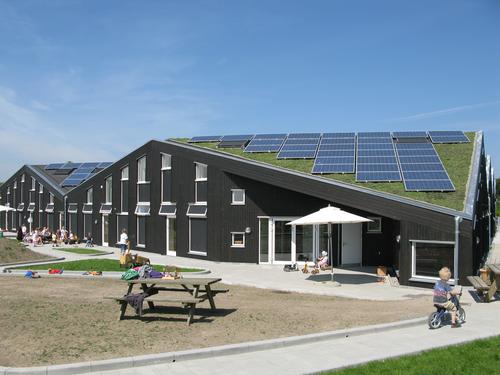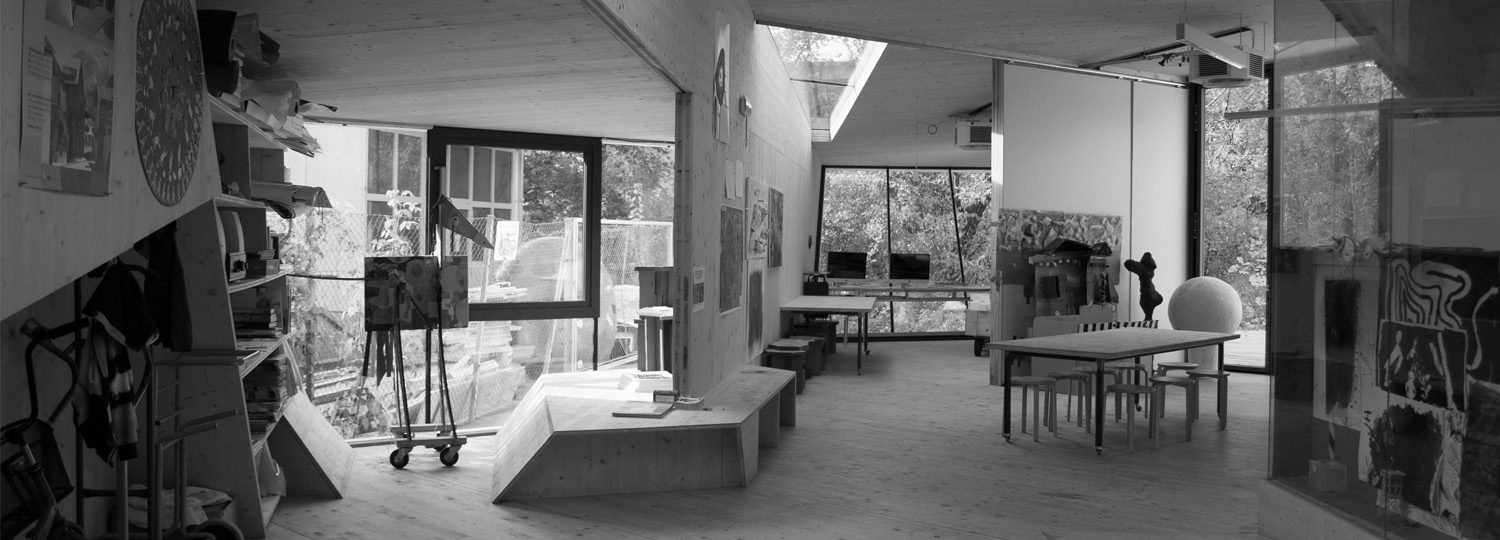New Schools of Thought: Future-oriented Approaches for Architecture Schools

Kreativer Freibereich von Bilding - Kunst und Architekturschule für Kinder und Jugendliche in Innsbruck, AT (Foto: Universität Liechtenstein)
The starting hypothesis was that the European higher-
education reforms will lead to a standardisation of teaching. Knowledge is no longer generated solely in the academic environment, but increasingly also in so-called schools of thought, which according to the scientists also include institutions for the architectural education of children and young people as well as research programmes and
locations for public architectural education. Vera Kaps and Peter A. Staub document the approaches and educational teaching concepts as well as the financing models and premises in which these schools are located. The authors conclude that although both university reforms and bureaucracy influence teaching, "ultimately it is people that make up the heart of successful education and not regulations”. Furthermore: “The size of a school is no longer determined by a physical location or the number of people present there." They see the greatest challenge in remaining up to date at all times. In order to be able to react to changes, architectural education therefore requires a certain degree of freedom – in minds and in establishments.


